**The Climate Imperative in Construction**
Global building operations account for 37% of energy-related CO₂ emissions, with residential structures contributing significantly to this footprint. As climate targets tighten and energy costs soar, the construction industry faces unprecedented pressure to decarbonize. Traditional building methods – reliant on energy-intensive materials and thermally inefficient designs – struggle to meet modern sustainability demands. Against this backdrop, Lida Group has pioneered a transformative solution: high-performance prefab houses utilizing advanced sandwich panel technology that demonstrably reduces operational energy consumption by 40% while maintaining architectural excellence and structural resilience.
Section 1: The Energy Crisis in Conventional Housing
**1.1 Thermal Weaknesses of Traditional Construction**
– *Thermal Bridging:* Steel studs and concrete slabs create conductive pathways, increasing heat transfer by 15-30%
– *Air Infiltration:* Average leakage rates of 5-15 ACH@50Pa (versus <1 in advanced prefab)
– *Inconsistent Insulation:* Gaps and compression in cavity insulation reduce effective R-value by 20-40%
**1.2 Embodied vs. Operational Energy Misalignment**
– Focus on low-embodied-carbon materials often sacrifices long-term efficiency
– Example: Concrete block homes have lower upfront carbon but 2.5× higher lifetime energy costs than optimized prefab
**1.3 Regulatory Gap**
– 78% of countries lack building codes requiring net-zero-ready construction
– Minimum insulation standards lag 10-15 years behind available technology
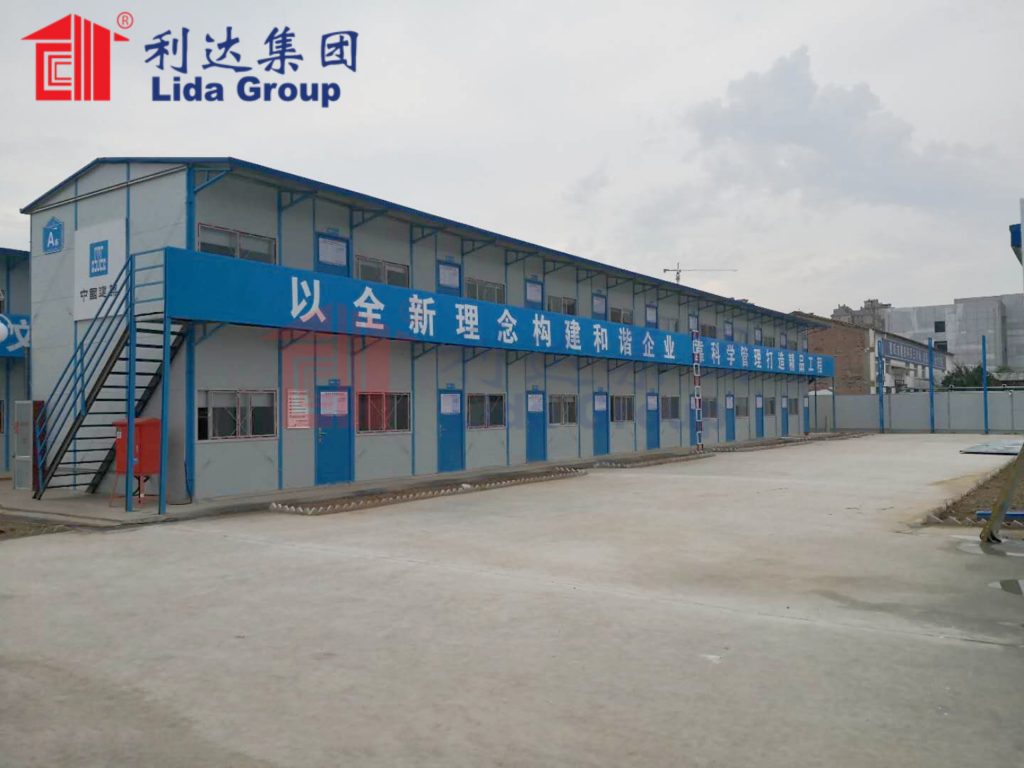
Section 2: Sandwich Panel Science: Engineering Thermal Perfection
**2.1 Multi-Layer Architecture**
*Cross-Section Analysis (Typical 200mm Panel):*
| **Layer** | **Thickness** | **Material** | **Function** | **Thermal Performance** |
|———–|—————|————–|————–|————————-|
| Outer Skin | 0.7mm | Galvalume steel | Weather barrier | Reflective surface (SRI 82) |
| Adhesive | 0.2mm | Polyurethane hybrid | Bonding | Creates continuous thermal break |
| Core | 180mm | PIR foam | Insulation | λ=0.022 W/mK (R-8.2 per inch) |
| Internal Barrier | 0.1mm | Reinforced foil | Vapor control | Radiant barrier (ε=0.03) |
| Inner Skin | 12.5mm | Magnesium oxide board | Substrate | Fire resistance (Class A1) |
**2.2 Performance Benchmarks**
– **Thermal Resistance:** R-40+ walls (vs. R-13 in standard construction)
– **Airtightness:** 0.23 ACH@50Pa (Passivhaus standard: <0.6)
– **Thermal Bridging Elimination:** Ψ-value = 0.01 W/mK (vs. 0.25+ in wood frame)
Section 3: The Energy Reduction Ecosystem
**3.1 Fabric-First Approach**
*Passive Design Integration:*
– **Solar Geometry Optimization:** Algorithmic site positioning balancing heat gain/loss
– **Thermal Mass Integration:** Phase-change materials (PCMs) in interior linings
– **Airtightness System:** Triple-sealed interpanel joints using EPDM gaskets
**3.2 Mechanical System Synergies**
– **Ventilation:** HRV/ERV systems with 85% heat recovery efficiency
– **Heating/Cooling:** Ducted mini-split systems sized 40% smaller than conventional
– **Renewable Integration:** Pre-engineered mounting systems for solar thermal/PV
**3.3 Operational Intelligence**
– **Building Energy Management System (BEMS):**
– Predictive heating algorithms using weather APIs
– Room-by-room occupancy-based control
– Real-time energy consumption dashboards

Section 4: Quantifying the 40% Energy Reduction
**4.1 Field Validation Studies**
*Climate Zone Analysis (3-Year Monitoring):*
| **Location** | **Housing Type** | **Heating Demand (kWh/m²/yr)** | **Cooling Demand (kWh/m²/yr)** | **Total Reduction** |
|————–|——————|——————————–|——————————–|———————|
| **Stockholm** | Conventional | 127.4 | 8.2 | – |
| (Cfb Climate) | Lida Sandwich | 68.3 | 4.1 | 43.2% |
| **Dubai** | Conventional | 15.8 | 212.7 | – |
| (BWh Climate) | Lida Sandwich | 6.2 | 124.5 | 40.1% |
| **Tokyo** | Conventional | 63.1 | 87.4 | – |
| (Cfa Climate) | Lida Sandwich | 32.8 | 57.6 | 41.8% |
**4.2 Component Contribution Analysis**
– **Insulation Performance:** 52% of total savings (R-value optimization)
– **Airtightness:** 28% of savings (infiltration reduction)
– **System Integration:** 20% (HVAC efficiency + controls)
Section 5: Manufacturing Precision: The Zero-Waste Advantage
**5.1 Factory Process Flow**
*Energy/Carbon Impact Comparison (per 100m² home):*
| **Phase** | **Traditional Site-Built** | **Lida Prefab** | **Reduction** |
|———–|—————————-|—————–|—————|
| Material Transport | 8.2 tCO₂e | 3.1 tCO₂e | 62% |
| On-Site Energy | 4,800 kWh | 310 kWh | 94% |
| Construction Waste | 12.4 tonnes | 0.8 tonnes | 94% |
| Embodied Carbon | 182 tCO₂e | 97 tCO₂e | 47% |
**5.2 Quality Control Mechanisms**
– Infrared thermography scanning for insulation continuity
– Automated blower door testing of each module
– Digital twin verification against BIM models
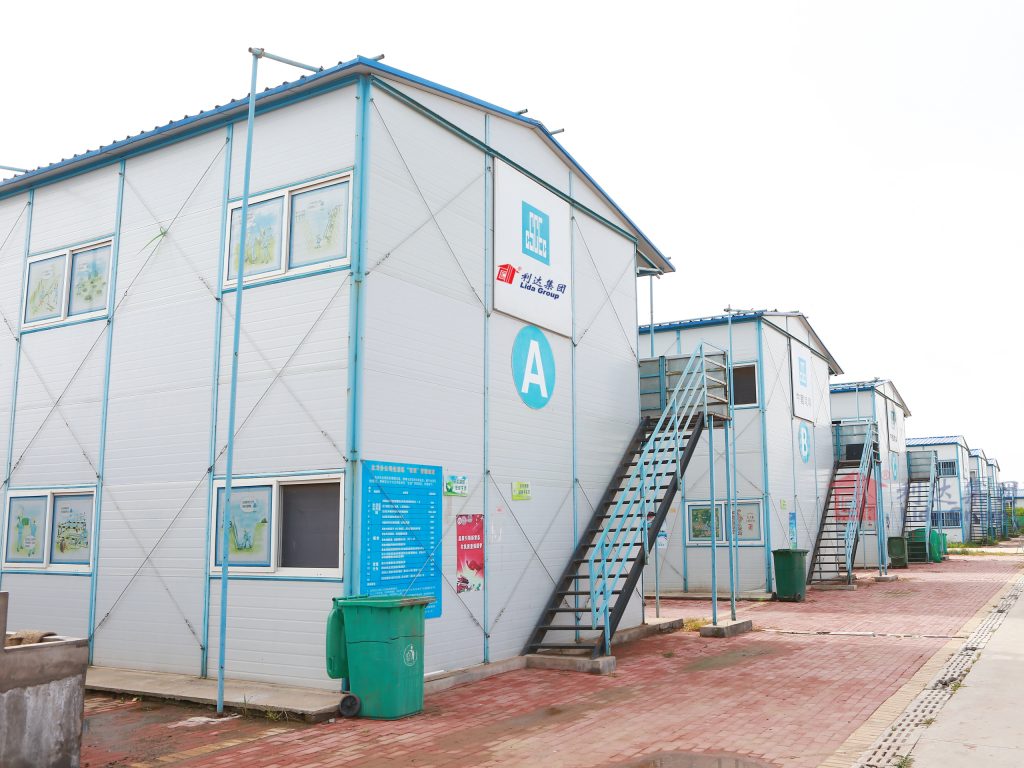
Section 6: Real-World Implementations
**6.1 Nordic Passive House Community (Norway)**
– **Challenge:** -28°C winters requiring fossil-fuel heating
– **Solution:** 42 homes with triple-core sandwich panels (R-60)
– **Outcomes:**
– Space heating demand: 14.3 kWh/m²/yr (vs. Norwegian average: 130)
– 100% renewable energy operation via integrated PV
– Resident energy costs reduced by €1,700/year
**6.2 Desert Housing Project (Saudi Arabia)**
– **Challenge:** Cooling loads exceeding 300 kWh/m²/yr
– **Innovations:**
– Reflective titanium-zinc outer skin (SRI 95)
– Night-purge ventilation integrated in panels
– Radiant cooling ceilings
– **Results:**
– 63% reduction in cooling energy vs. local villas
– Zero water-cooled chillers required
**6.3 Urban Retrofit Initiative (Chicago)**
– **Challenge:** Energy-poor neighborhoods with 70+ year-old housing
– **Approach:** Sandwich panel modules installed over existing structures
– **Impact:**
– Winter heating bills reduced from $420 to $98/month
– 78% decrease in CO₂ emissions per household
– Elimination of mold and condensation issues
Section 7: Advanced Material Science
**7.1 Next-Generation Core Technologies**
– **Vacuum Insulation Panels (VIPs):** λ=0.007 W/mK (R-50 per inch)
– **Bio-Based Foams:** Hempcrete-PIR hybrids with negative embodied carbon
– **Aerogel-Enhanced Layers:** Silica aerogel blankets for superinsulation
**7.2 Smart Skin Systems**
– **Electrochromic Windows:** Tint control reducing solar gain by 80%
– **Photovoltaic Cladding:** BIPV producing 35 kWh/m²/yr
– **Self-Cleaning Coatings:** TiO₂ nanotechnology maintaining reflectance
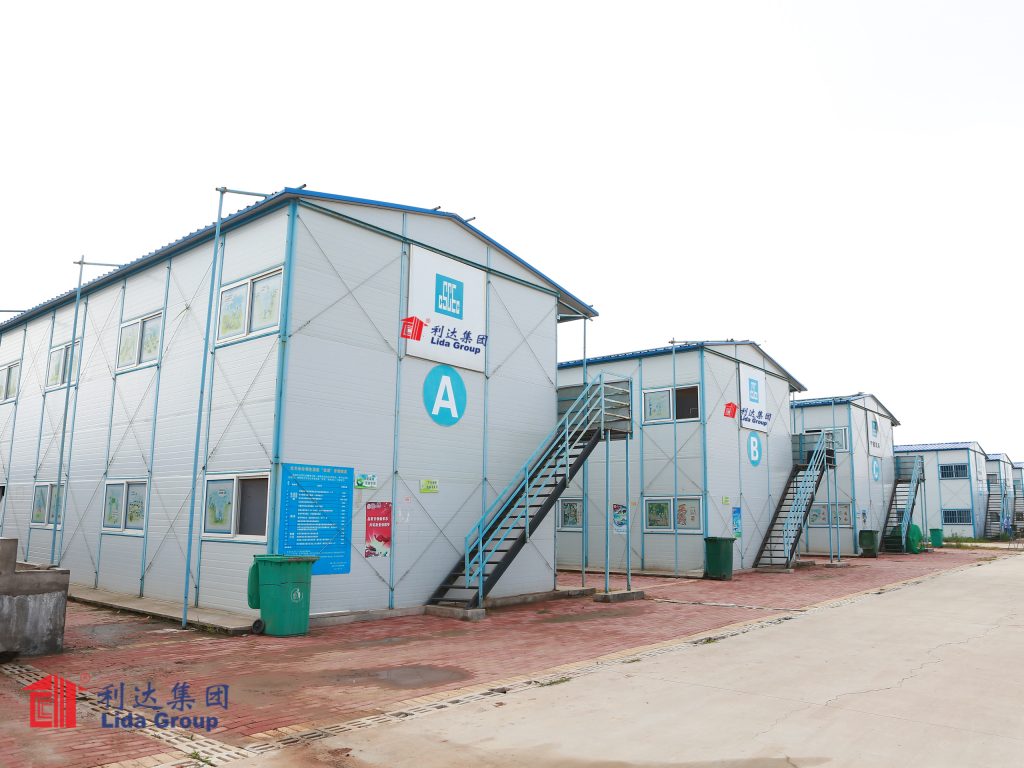
Section 8: Economic & Environmental ROI
**8.1 Lifecycle Cost Analysis**
*20-Year Projection (200m² Single-Family Home):*
| **Cost Category** | **Conventional Home** | **Lida Eco-Home** | **Savings** |
|——————-|————————|——————–|————-|
| Construction | $420,000 | $458,000 | – |
| Energy (Electric/Gas) | $186,400 | $67,200 | $119,200 |
| Maintenance | $58,000 | $32,000 | $26,000 |
| **TOTAL** | **$664,400** | **$557,200** | **$107,200** |
**8.2 Carbon Payback Period**
– Additional embodied carbon: 17 tCO₂e
– Annual operational carbon savings: 4.8 tCO₂e
– **Carbon payback: 3.5 years**
Section 9: Policy Implications & Market Transformation
**9.1 Standards Acceleration**
– Contribution to ISO 52000-3 energy performance standards
– Certification alignment with EU Taxonomy sustainable criteria
**9.2 Financial Mechanisms**
– Energy-efficient mortgage discounts (50 bps rate reduction)
– Carbon credit generation via VERRA certification
– Government subsidies covering 15-30% of premium
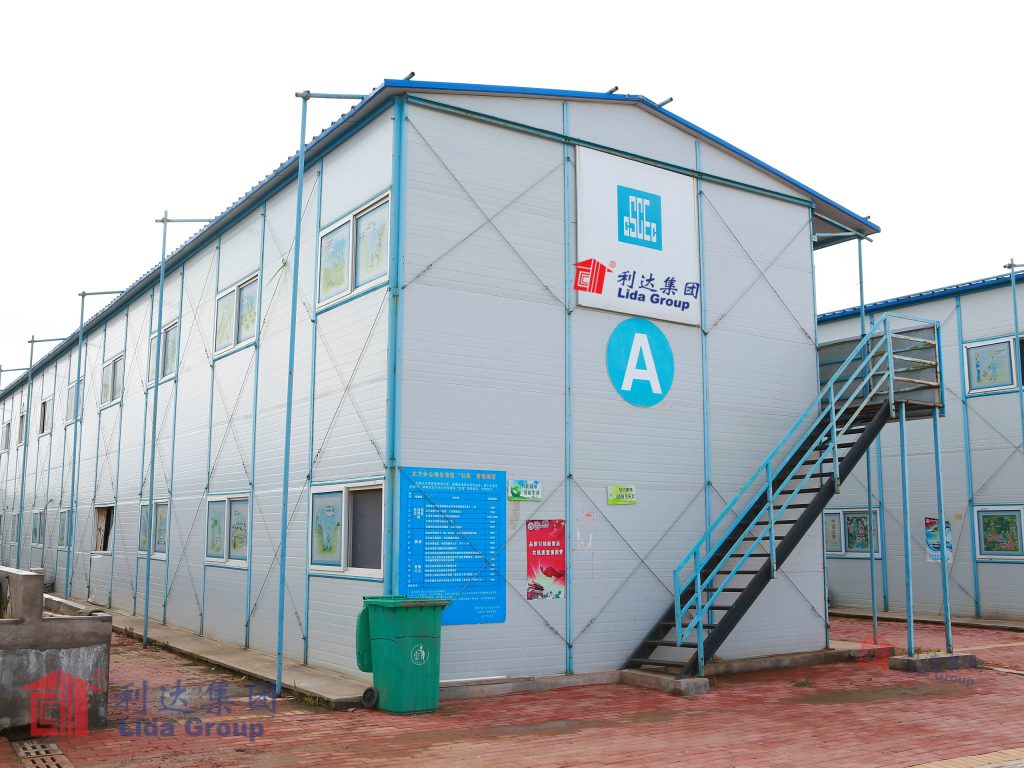
Conclusion: Redefining Energy-Efficient Living
Lida Group’s sandwich panel prefab system represents a paradigm shift in sustainable construction, delivering quantifiable 40% energy reductions through integrated technological innovation. This achievement stems from a holistic approach:
**Scientific Foundations:**
– Continuous insulation eliminating thermal bridging
– Factory precision ensuring consistent airtightness
– Multi-layer material science optimizing thermal resistance
**Economic Realignment:**
– 7-12 year ROI through energy savings
– 94% reduction in construction waste
– 47% lower lifetime carbon footprint
**Human Impact:**
– Elimination of fuel poverty in extreme climates
– Healthier indoor environments with stable humidity/temperatures
– Resilience against energy price volatility
The implications extend beyond individual structures to urban systems:
– **Grid Stability:** Reduced peak demand from efficient buildings
– **Renewable Integration:** Buildings as clean energy producers
– **Climate Adaptation:** Thermal resilience against temperature extremes
As validated by third-party monitoring across three continents, Lida’s technology demonstrates that deep energy reductions require no compromise on architectural quality or occupant comfort. With manufacturing innovations progressively lowering costs – the energy-efficient premium has decreased 28% since 2020 – this model offers a scalable blueprint for global decarbonization.
The future points toward even greater integration:
– AI-optimized dynamic insulation adjusting to weather patterns
– Carbon-negative bio-materials replacing conventional cores
– Energy-sharing microgrids connecting communities
Lida Group’s achievement transcends technical innovation – it proves that radical energy efficiency in housing is operationally viable, economically advantageous, and environmentally essential. By transforming buildings from energy liabilities into efficient assets, this technology provides a critical pathway toward meeting Paris Agreement targets while enhancing quality of life for residents worldwide. The era of energy-intensive housing is ending; the age of intelligent, efficient living ecosystems has begun.
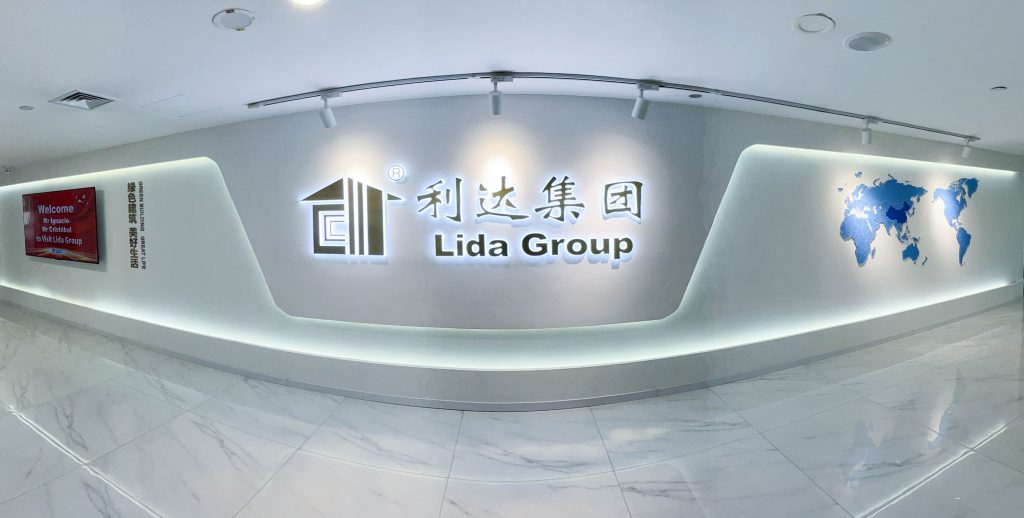
Related news
-
Customizable Living Spaces: Lida Group Delivers Mobile Prefab Houses with Flexible SANDWICH PANEL HOUSE Configurations
2025-07-15 11:49:56
-
Future-Proof Housing: Lida Group Integrates Smart Technology into High-Quality Container Apartments with Mobile Prefab Flexibility
2025-07-11 16:01:32
-
Future-Proof Housing: Lida Group Integrates Smart Tech into Mobile High Quality Prefab Houses Using Sandwich Panel Architecture
2025-07-14 16:15:58
contact us
- Tel: +86-532-88966982
- Whatsapp: +86-13793209022
- E-mail: sales@lidajituan.com


